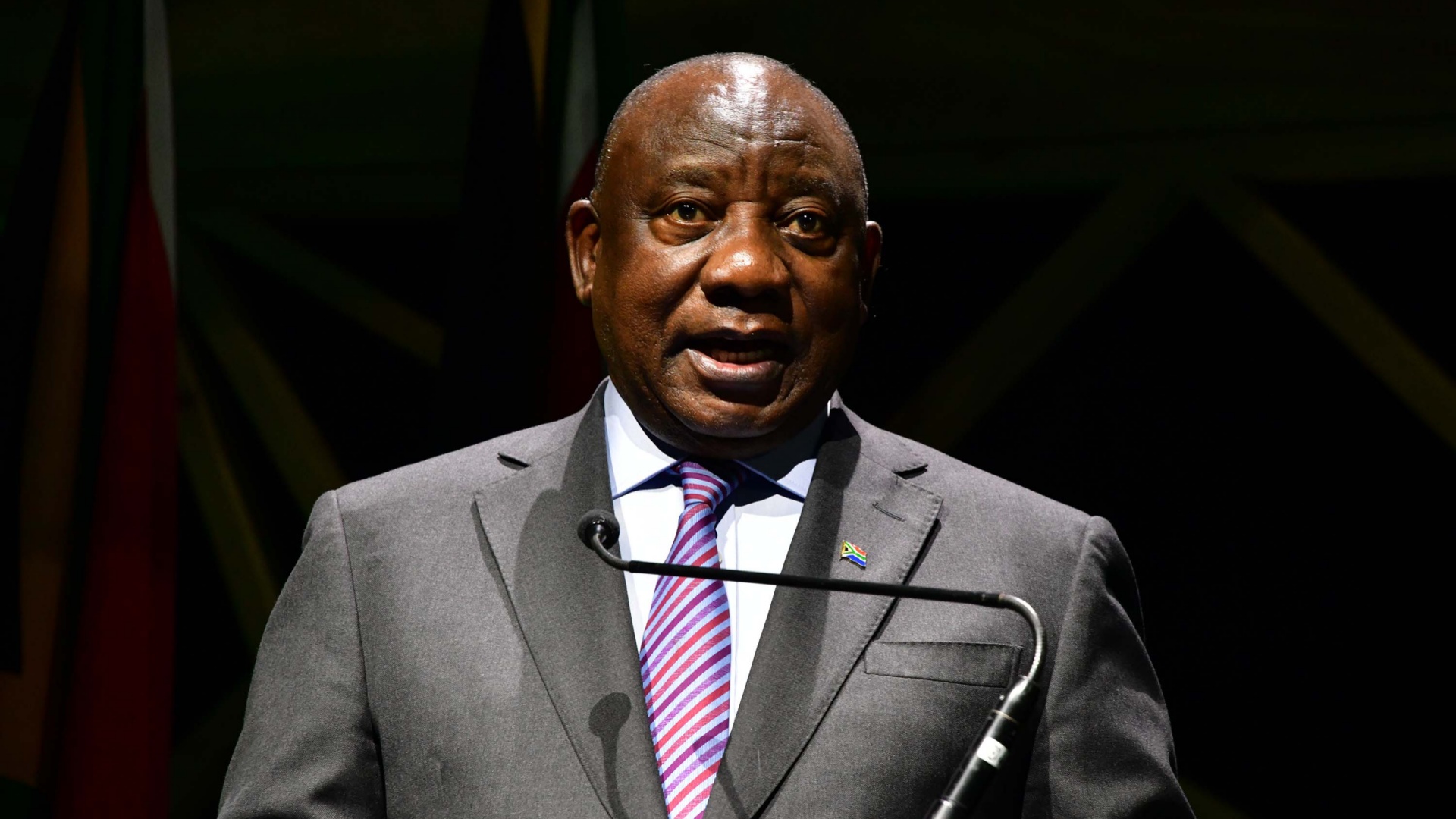- The 2023 State of the Nation Address (SONA) was delivered by President Cyril Ramaphosa last night.
- As anticipated, the president announced a National State of Disaster in reaction to the ongoing energy crisis.
- It now grants governments powers to act as it sees fit when it comes to addressing the current situation.
Last night President Cyril Ramaphosa delivered the 2023 State of the Nation Address (SONA), and while the event was marred by physical assaults to members of the EFF and a brief suspension, as anticipated, a National State of Disaster was declared.
This as we have written about previously is specifically aimed at addressing the country’s ongoing energy crisis, with the State of Disaster taking immediate effect, the president confirmed.
Moving forward, government says it plans to use this State of Disaster to more actively tackle issues relating to loadshedding, as well as the impact that rolling blackouts are having on local businesses and other critical infrastructure.
“The crisis has progressively evolved to affect every part of society. We must act to lessen the impact of the crisis on farmers, on small businesses, on our water infrastructure, on our transport network and a number of other areas and facilities that affect our people’s lives,” highlighted the president in his address.
“In considering all these matters and the crisis that we are in, the National Disaster Management Centre has consequently classified the energy crisis and its impact as a national disaster. We are therefore declaring a national state of disaster to respond to the electricity crisis and its effects,” he added.
Explaining what the State of Disaster will enable government to do from a technical perspective, Ramaphosa noted that it will enable the provision of practical measures to support businesses in the food production, storage and retail supply chain industries, which will include the potential rollout of generators, solar panels and uninterrupted power supply (UPS) units.
“Where technically possible, it will also enable us to exempt critical infrastructure such as hospitals and water treatment plants from load shedding. It will enable us to accelerate energy projects and limit regulatory requirements while maintaining rigorous environmental protection as well as procurement principles and technical standards,” he continued.
The president also stressed that expenditure during this timed will be closely monitored, which is critical given the ill gotten gains we saw during the pandemic and the State of Disaster implemented at that time.
Lastly, the president said government will be working more closely with Eskom.
“I will appoint a Minister of Electricity in the Presidency to assume full responsibility for overseeing all aspects of the electricity crisis response, including the work of the National Energy Crisis Committee,” Ramaphosa said.
“The Minister will focus full-time and work with the Eskom board and management on ending load shedding and ensuring that the Energy Action Plan is implemented without delay,” he concluded.
How long the State of Disaster will be in place for remains to be seen, but with Eskom estimating that constant loadshedding will be a fixture for the next 18 months at least, we could in this state for quite some time.
[Image – CC BY-ND 2.0 GovernmentZA on Flickr]

